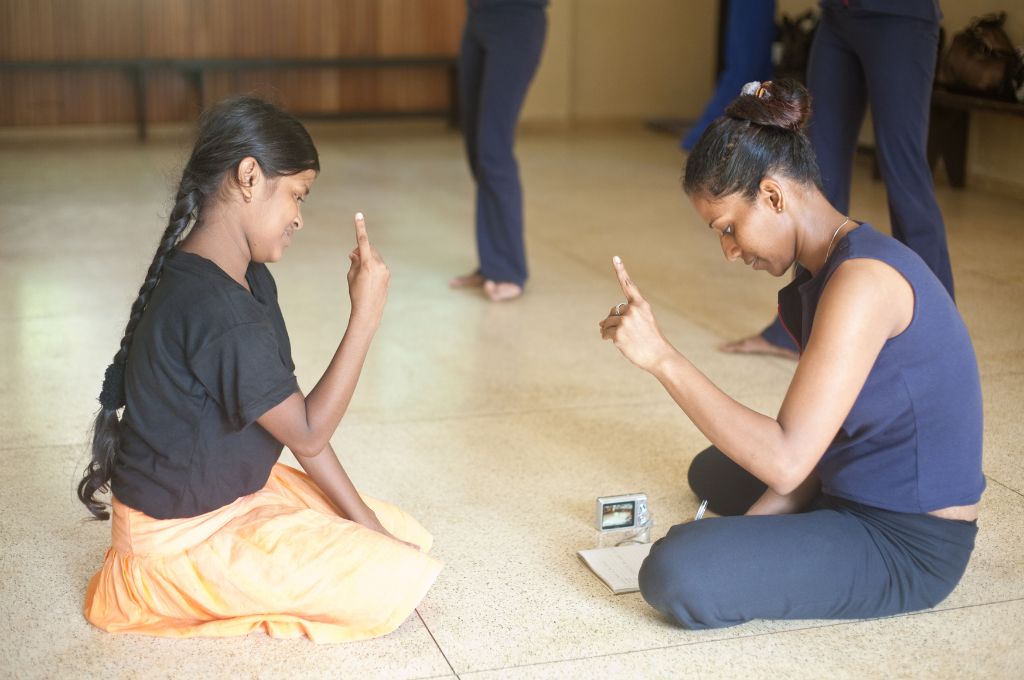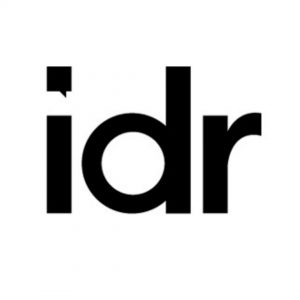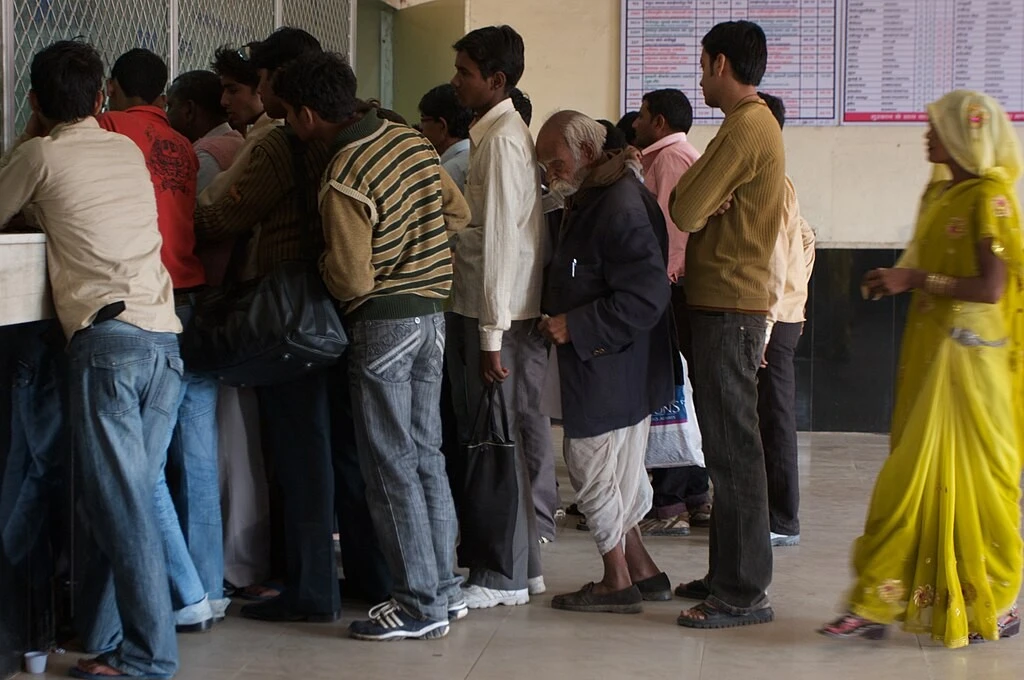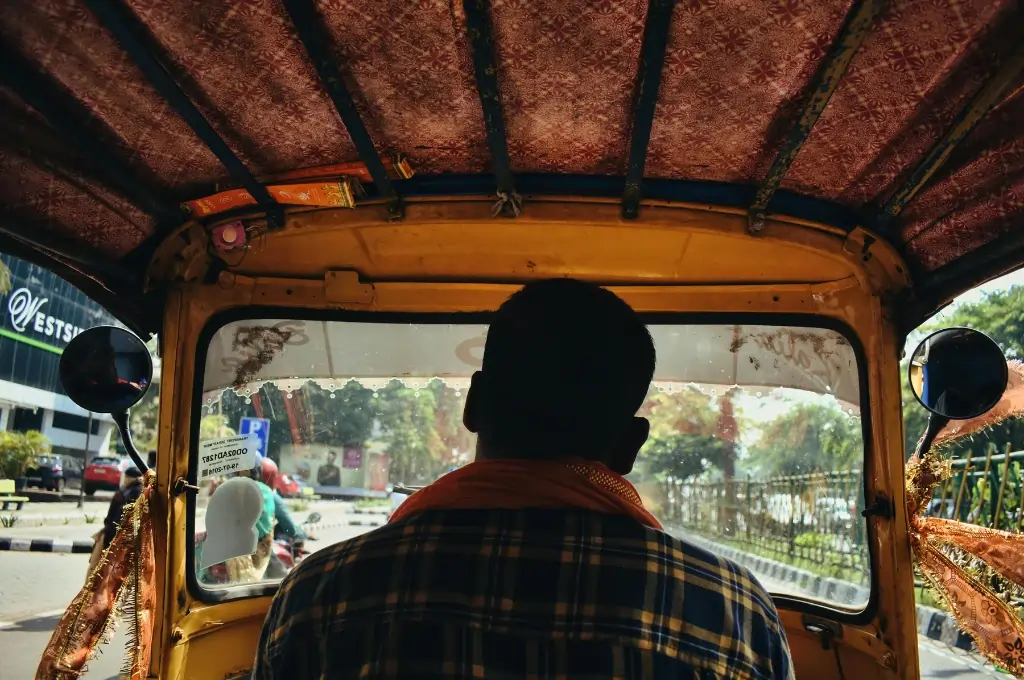Until 2016, the prevailing disability law in India was the Persons with Disability Act, 1995. This law was enacted to give persons with disabilities equal opportunity to participate in all walks of life. It set up provisions for affirmative action and non-discrimination in the spheres of education and employment, instituted regular screenings for disabilities as a preventative measure, and established bodies at the central and state levels for the implementation of disability policies.
India ratified the United Nations Convention on the Rights of Persons with Disabilities in 2007. To bring the disability law in line with this treaty, the 1995 act was replaced with the Rights of Persons with Disabilities (RPwD) Act, 2016.
This law seeks to promote the inclusion of persons with disabilities by expanding the legal definition of disability. According to the 1995 act, disability refers to “blindness, low vision, leprosy-cured, hearing impairment, locomotor disability, mental retardation, and mental illness”. The 2016 act recognises 21 disabilities, including those listed in the older law. In addition to this, it recognises acid attack victims as persons with locomotor disabilities. It also displays a more nuanced understanding of intellectual disabilities, a category that now includes learning disabilities and autism spectrum disorder. Moreover, the law specifies disability due to chronic conditions—neurological diseases such as multiple sclerosis and Parkinson’s and blood disorders such as hemophilia, thalassemia, and sickle cell disease. Finally, the act also acknowledges individuals with multiple disabilities, such as Deafblind people.

Certain entitlements under the RPwD Act apply only to persons with benchmark disabilities, which refers to those “with not less than 40 per cent of a specified disability”. Persons with disabilities can qualify as persons with benchmark disabilities by a certifying authority, which is usually a hospital or a state- or district-level medical board.
What is guaranteed by the RPwD Act?
Here are some provisions made by the act with respect to education, skill development and employment, healthcare and allowances, and recreation and cultural life.
Education
According to chapter 3, educational institutions funded by the government are supposed to make their campus accessible and provide the facilities that persons with disabilities require. This is in keeping with the aim of offering support “to maximise academic and social development consistent with the goal of full inclusion”. The act also mandates detecting learning disabilities in children at the earliest and taking appropriate steps to include children with learning and developmental disabilities into the classroom.
According to the act, the local government—the panchayat or the municipality—should conduct a survey every five years to identify children with disabilities. Having this data set would help set up an adequate number of teacher training institutes. To make the classroom a more inclusive space, the act also instructs hiring teachers who are trained to work with children with intellectual disabilities; teachers with disabilities; and teachers qualified in Braille and sign language. In addition, it encourages the use of alternative forms of communication, such as sign language and Braille, so that those with speech, communication, or language-related disabilities are able to participate.
Chapter 6 lays down certain provisions for children with benchmark disabilities: free education in any government school or special school till the age of 18, free-of-cost learning materials, and scholarships. In government-run institutions for higher education, at least 5 percent of the seats are to be reserved for students with benchmark disabilities, along with a five-year relaxation on upper age limit. The act also recommends giving scholarships to students with disabilities.

Skill development and employment
Chapter 4 of the act mandates the maintenance of data on how persons with disabilities are faring in terms of skill development and employment. It states that exclusive skill training programmes with active links to the market should be developed for those with multiple disabilities or intellectual and developmental disabilities. Moreover, it notes that loans should be made available so that those with disabilities can take up vocational courses or self-employment. For example, a state sector scheme in Goa provides monthly financial assistance to those engaged in traditional occupations and businesses.
Just as in education, much of what the act directs as far as employment is concerned applies to government employment. Section 20 asks for non-discrimination in employment, and government offices are supposed to provide reasonable accommodations and a barrier-free environment so that persons with disabilities may carry out their responsibilities effectively. If a government employee becomes disabled before their tenure has expired, they need not be demoted or removed but can be shifted to another role on the same pay scale.
Section 21 states that every government establishment shall have an equal opportunity policy. To ensure greater accountability, section 22 mandates recordkeeping in all employment-related matters, including documenting information regarding those with disabilities seeking employment. These records may be inspected at any time.
As per section 33 in chapter 6, up to 4 percent of positions for any government posts are to be reserved for applicants with benchmark disabilities. While the act mentions that there should be incentives for private companies, it doesn’t explicitly lay out what these should be.
Additionally, plans for government buildings are supposed to be approved only if they are disability-friendly. The act also specifies a time period of five years within which all existing government buildings are to be retrofitted with disability-friendly infrastructure.

Healthcare and allowances
Some of the healthcare-related specifications listed in chapter 5 include the provision of free healthcare in the vicinity of persons with disabilities, barrier-free access in all parts of government and private hospitals/health centres, and priority attendance and treatment. It mentions that there should be schemes to promote healthcare and prevent the occurrence of disabilities. A relevant example is the nationwide Disease Eradication Programme that the Government of India launched in 2021 to eliminate malaria, elephantiasis (lymphatic filariasis), and kala-azar.
Other measures for prevention of disabilities are also recommended—conducting surveys, investigations, and research regarding the occurrence of disabilities and organising annual screenings for children to identify at-risk cases. The act instructs healthcare centres, primary schools, anganwadis, etc. to undertake concerted public awareness campaigns as well.
The act specifies that aids and appliances and corrective surgery may be offered for free to persons within a given income bracket. Certain states, such as Delhi and Punjab, have launched schemes that enable persons with benchmark disabilities to receive assistive devices. Disability pensions and caregiver allowance for those with high support needs are also mentioned. Recognising the extra costs that living with disabilities might entail, persons with disabilities are entitled to a 25 percent higher allowance than others under social security schemes.
Recreation and cultural life
Recognising that persons with disabilities have the right to an adequate standard of living and a cultural life, section 29 of chapter 5 states that recreational activities should be made available to them. It lays out a few provisions, such as having a disability history museum, grants and sponsorships for artists with disabilities, making art accessible to people with disabilities, the use of assistive tech, and redesigning the arts curriculum so that persons with disabilities can also participate.
What are the duties of the government?
1. Collecting information on persons with disabilities
The act has a data-oriented approach to disability, as is evidenced by the stipulations on data collection by many different agencies. For example, other than the data collection by local governments, government offices, and healthcare authorities, the act directs the National Disaster Management Authority (NDMA) to maintain a record of persons with disabilities so that their access to safety measures during emergencies can be guaranteed. The NDMA is also expected to circulate information in forms that are accessible to persons with disabilities, and their needs are to be taken care of when planning for reconstruction activities as well.
2. Enabling accessibility and inclusion
The act prescribes that all public spaces—including schools, government offices, primary healthcare centres, and public transport—be made accessible to all. It also mandates ensuring the accessibility of polling stations and any government papers or publications as well as improved access to justice, which includes facilitating the recording of testimonies of persons with disabilities.
3. Appointing officials, advisory bodies, and special courts
The act asks for the establishment of a number of government positions to ensure adherence to it. Every public institution is required to have a grievance redressal officer, for instance, and any person who feels discriminated against when applying for a position may seek redressal through this office. If this also proves unsatisfactory, they may complain to the district-level committee on disability.
A Central Advisory Board on Disability and State Advisory Boards on Disability have also been set up under the act. The members of these boards are from the ministries and departments concerned with disabilities at the central and state levels, joint secretaries from a number of departments including health and education, and disability experts—a proportion of whom must be disabled, women, and belonging to SC or ST communities. These bodies meet every six months to take stock of how far the spirit of the disability law is being preserved in different policies.
The act prescribes the appointment of a chief commissioner and state commissioners (whom the grievance redressal officers report to) for persons with disabilities. These commissioners are accorded powers similar to that of a civil court. They must promote research and see to it that the existing laws and provisions are useful for persons with disabilities, and make recommendations if they’re not. Any suggestions made by the chief or state commissioner should be acted upon within three months.
The act also instructs that a special court be established to try offences against persons with disabilities and calls for the appointment of special public prosecutors for the same.
How is the 2016 act different?
Both the 1995 and 2016 acts have provisions for data collection and recordkeeping, accessible education, healthcare, and employment, reservation, and special government offices to see to the implementation of disability law. Both acts also require regular screenings to be conducted and certain measures to be taken to prevent disabilities.
However, the 2016 act is different in a few respects.
1. Rights-based focus
The act not only guarantees inclusion and accessibility rights to persons with disabilities, but also looks at the right to enjoy art and culture and recreational activities, to live independently or with a community, and to choose one’s caregivers. These provisions are in place to give more agency to persons with disabilities.
There is also an acknowledgement of the diversity within the disability community, on grounds of gender, age, and socio-economic background. Moreover, while there is a lot of emphasis on research and data collection to promote understanding and make appropriate policies on disability, the act explicitly states that no person with disability shall be subjected to research without informed consent.
2. Tangible provisions and grievance redressal mechanisms
While the 1995 act had clauses on accessibility and inclusion, including making government buildings barrier-free and conducting regular screenings, the 2016 act makes more concrete provisions by specifying a time period within which such activities are to be undertaken.
While the 1995 act did not have explicit penalties for any offences under it and left these to the discretion of the judicial authority overseeing a particular case, the 2016 act clearly specifies what manner of fines and imprisonment should follow offences. For instance, an offender will be fined INR 10,000 for their first offence under the act, and subsequent offences will merit a fine of INR 50,000–5 lakh. Fraudulently availing benefits under the act could result in fines as well as imprisonment.
The current status
While the act requires buildings to be updated, the most recent Central Advisory Board meeting concluded that progress was slow on some fronts, such as the retrofitting of existing buildings. Budgetary allocations remain low as well. Similarly, being recognised as disabled does not always equal access to government schemes. For instance, although acid attack victims are recognised as persons with disabilities by the act, there are gaps in access to disability certificates, employment, disability support, and subsidies. Government officials are also not always sensitised to the needs of persons with disabilities, and disability pensions fall short of truly addressing the needs of those targeted by such schemes.
However, covering a greater number of disabilities is a necessary first step towards inclusion. And while mass education and sensitisation will take sustained efforts, recent judgements and guidelines by the chief commissioner, the Election Commission, and the Bombay High Court show that the concerns of persons with disabilities are being regarded with greater seriousness.
—
Know more
- Read India’s national policy on persons with disabilities here.
- Read this article to learn how benevolent ableism harms persons with disabilities.
- Read this article to learn how building accessibility norms laid down by the 2016 disability law are faring.
- Read this article to learn how attitudinal barriers faced by persons with disability.





